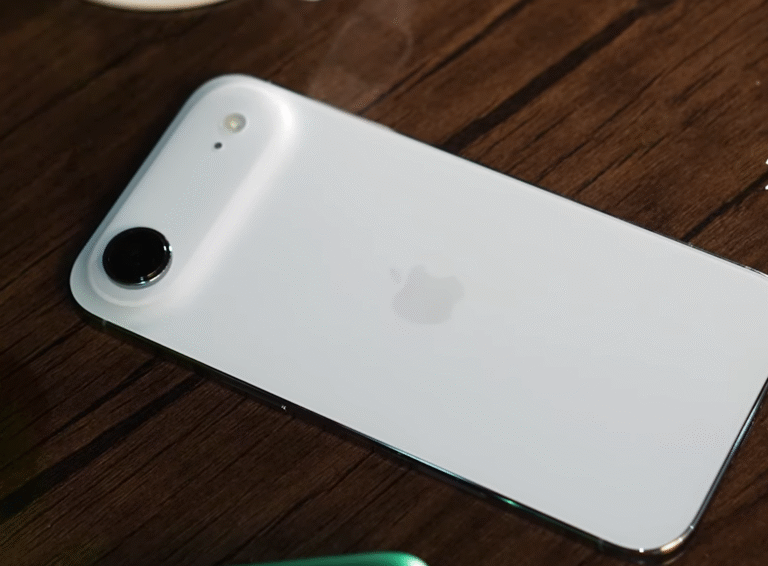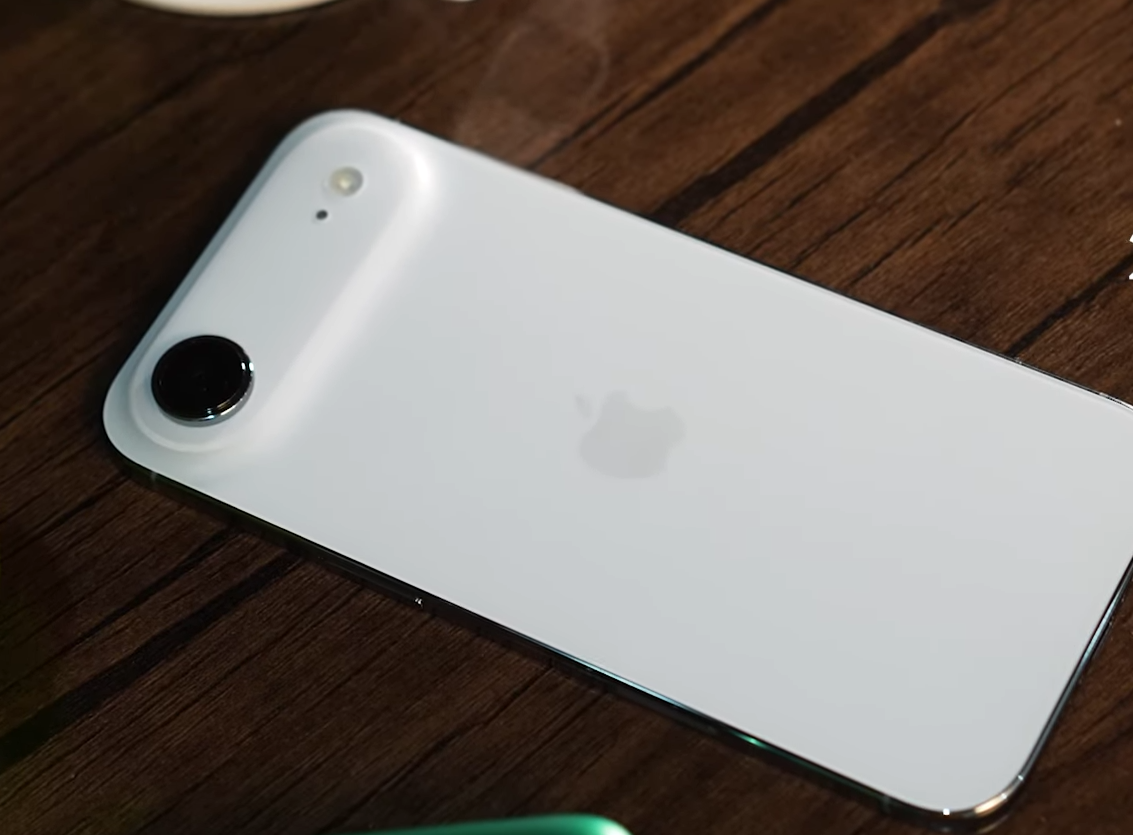
Apple has a history of reshaping the smartphone industry with bold design choices, and the iPhone Air is the latest proof of that. This isn’t just another model in the lineup—it’s the thinnest iPhone the company has ever made, combining premium materials, a stunning display, and Apple’s latest performance upgrades in a body slimmer than any flagship on the market.
From its 5.6mm profile to its titanium frame and Ceramic Shield 2 protection, the iPhone Air is all about elegance without compromise. But is it just a design statement, or does it deliver where it truly matters—performance, cameras, and battery life? Let’s dive into a full breakdown.

Ultra-Slim Design With Premium Craftsmanship
The first thing you notice when holding the iPhone Air is how impossibly slim it feels. At only 165 grams, it’s lighter than most smartphones, yet it still feels sturdy thanks to the titanium frame. Both front and back are protected by Apple’s upgraded Ceramic Shield, offering 30% better scratch resistance compared to older models.
Apple has gone for a cleaner, more futuristic look this year. The camera module is compact but houses impressive hardware, and the Apple logo sits elegantly on the back. Even small details—like the repositioned buttons, the new action button for quick shortcuts, and the polished edges—make the Air stand out as a refined piece of engineering.
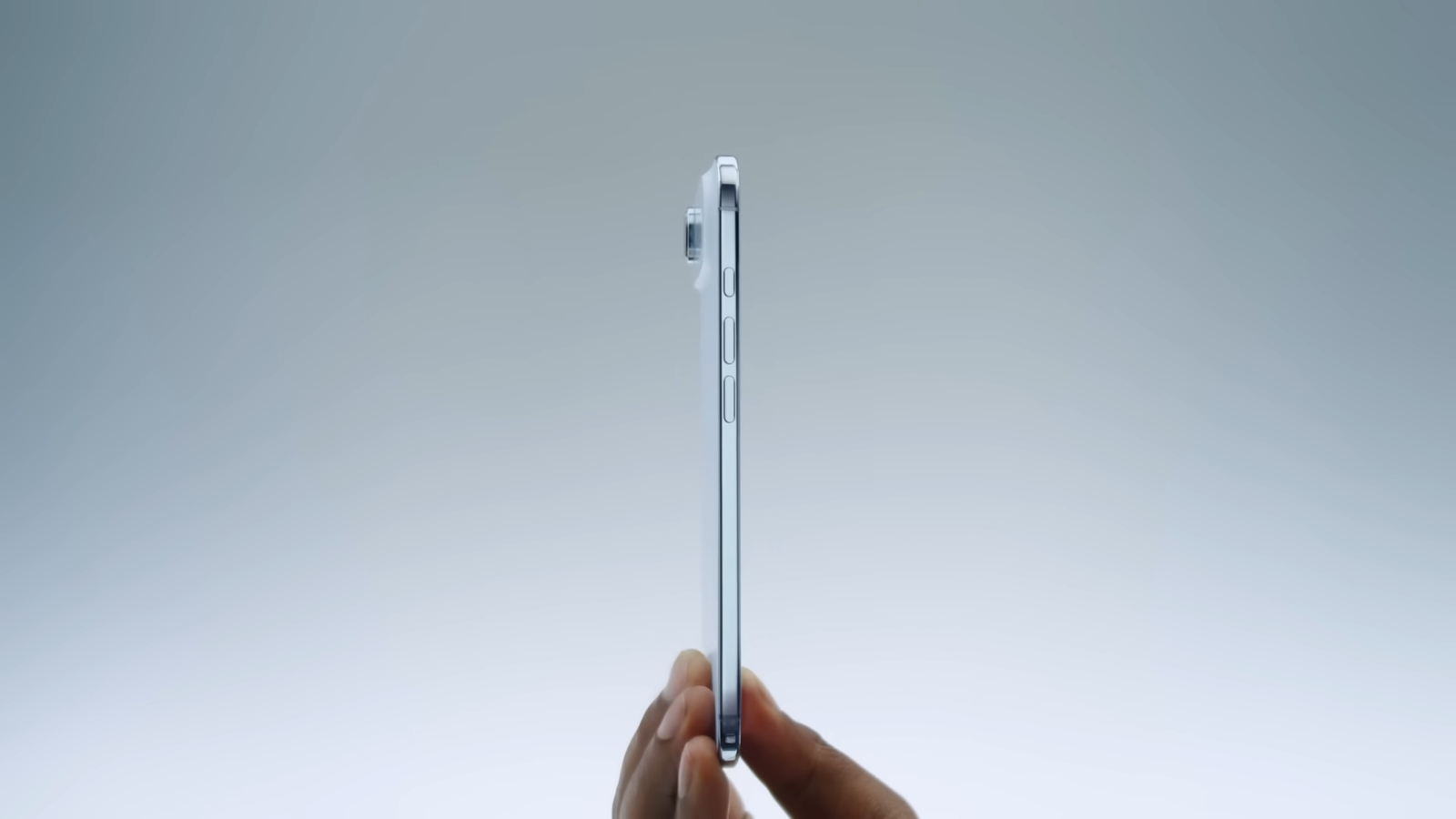
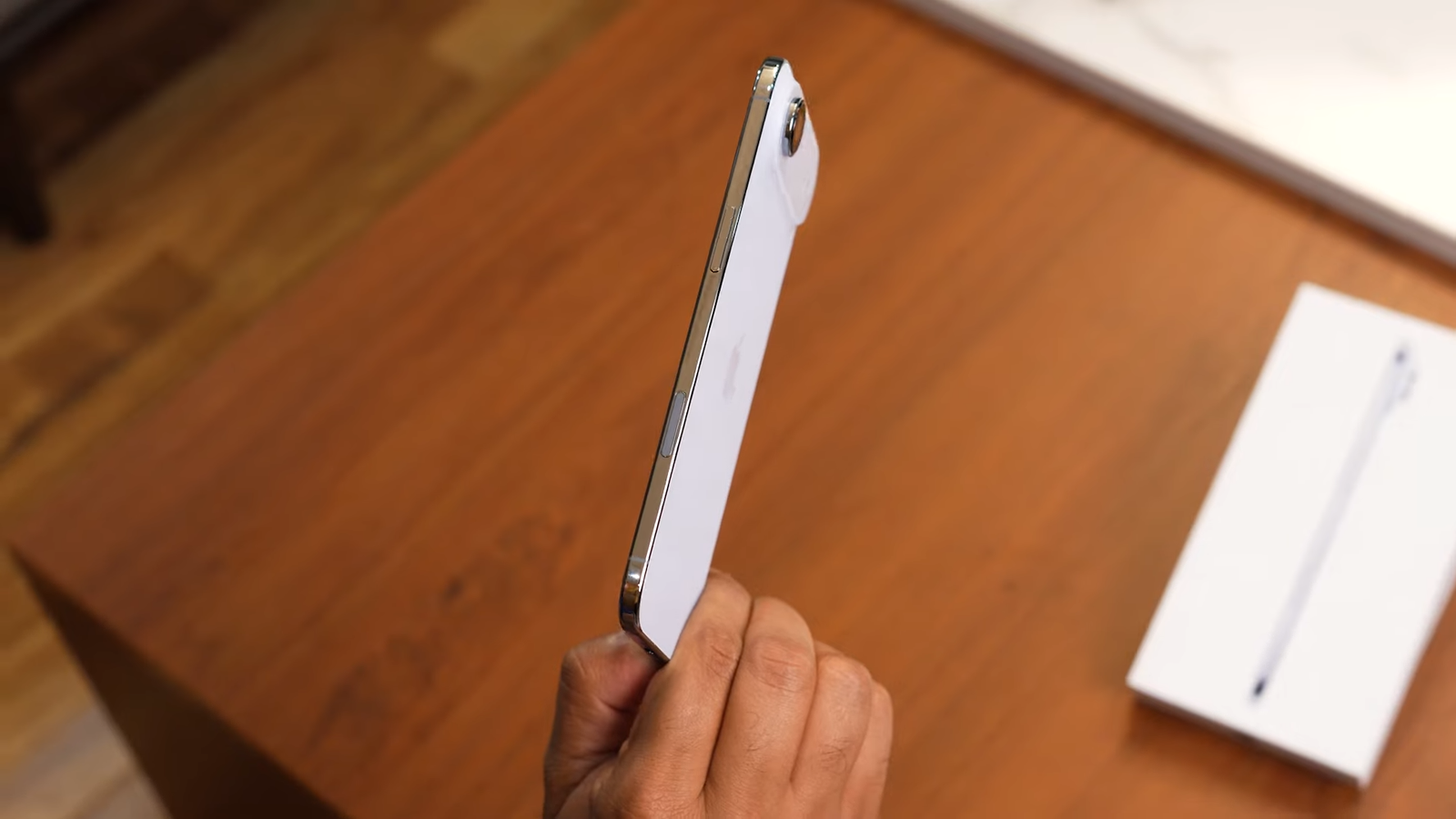
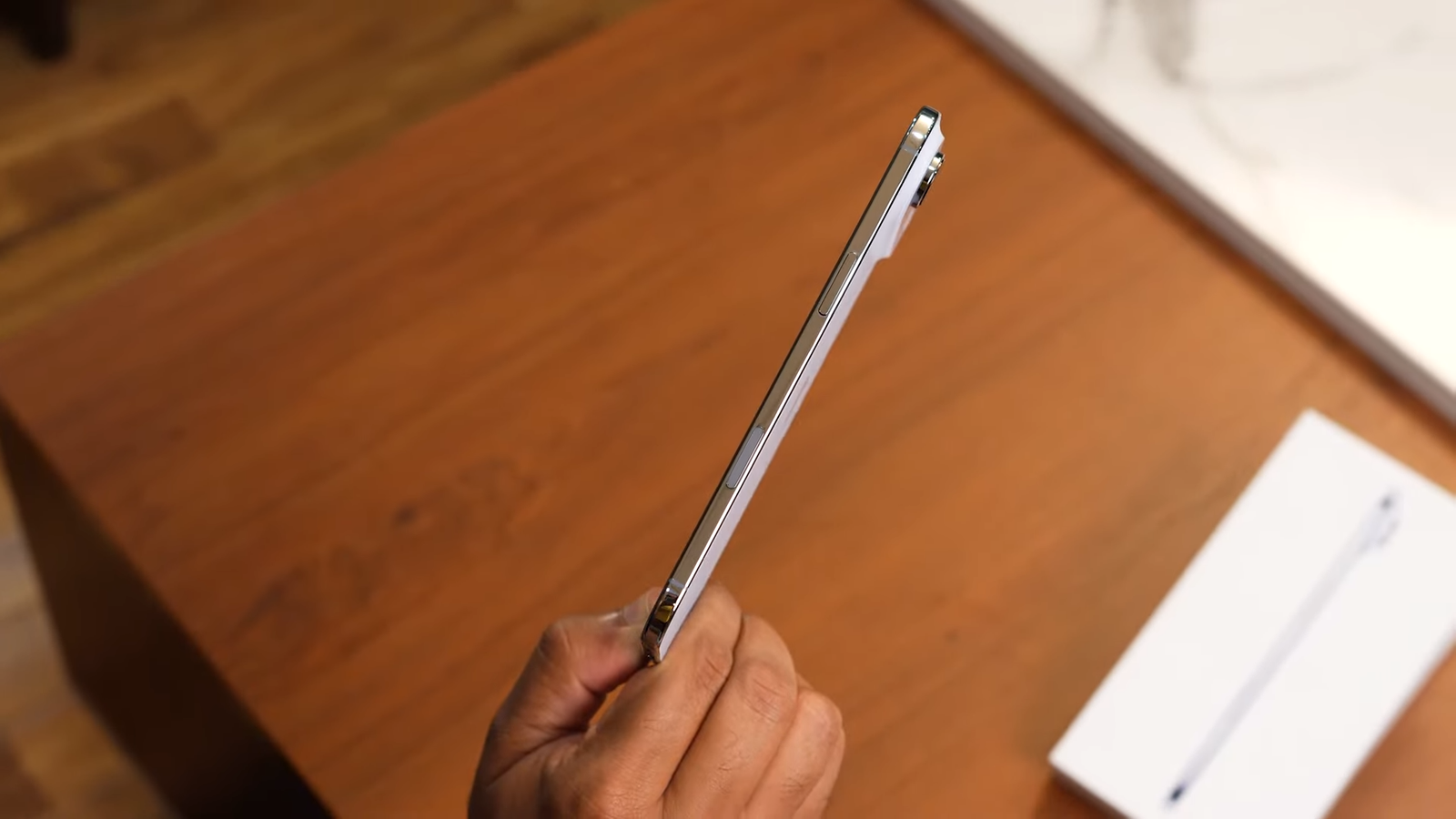
Display That Outshines Expectations
Despite its slim build, Apple hasn’t compromised on display quality. The iPhone Air features a 6.5-inch Super Retina ProMotion LTPO panel that supports refresh rates from 10Hz to 120Hz. Colors are sharp, blacks are deep, and HDR content looks spectacular.
Brightness peaks at a staggering 3000 nits, making it one of the brightest smartphone screens ever produced. Whether you’re using it outdoors in harsh sunlight or streaming Dolby Vision movies, the display performance is unmatched for a phone this thin.

Performance Powered by A19 Pro
Under the hood, the iPhone Air runs on Apple’s A19 Pro chip, paired with a 5-core GPU. While the Pro and Pro Max models carry the fully loaded version of this chip, the Air still packs enough power to handle demanding games, professional apps, and everyday multitasking with ease.
Benchmarks put it close to the industry’s best, but real-world use is what matters—and here, the iPhone Air shines. Gaming runs smoothly at high frame rates, though the slim body means you’ll notice warmth during extended sessions.
On the software side, iOS 26 brings smoother animations, better customization, and long-term support, with Apple promising five years of OS updates and seven years of security patches.

Camera Experience: Simplified Yet Smart
The iPhone Air takes a streamlined approach to photography. Instead of cramming in multiple lenses, Apple has opted for a 48MP main sensor with 2x optical zoom support, alongside an 18MP selfie camera.
While you don’t get the versatility of triple-camera setups, the quality is impressive. Portraits look crisp, dynamic range is excellent, and Apple’s computational photography ensures consistency across different lighting conditions.
For video creators, the Air supports 4K HDR at 60fps, along with slow-motion recording at 120fps and 240fps. Stabilization is better than before, making handheld shots smooth and cinematic.
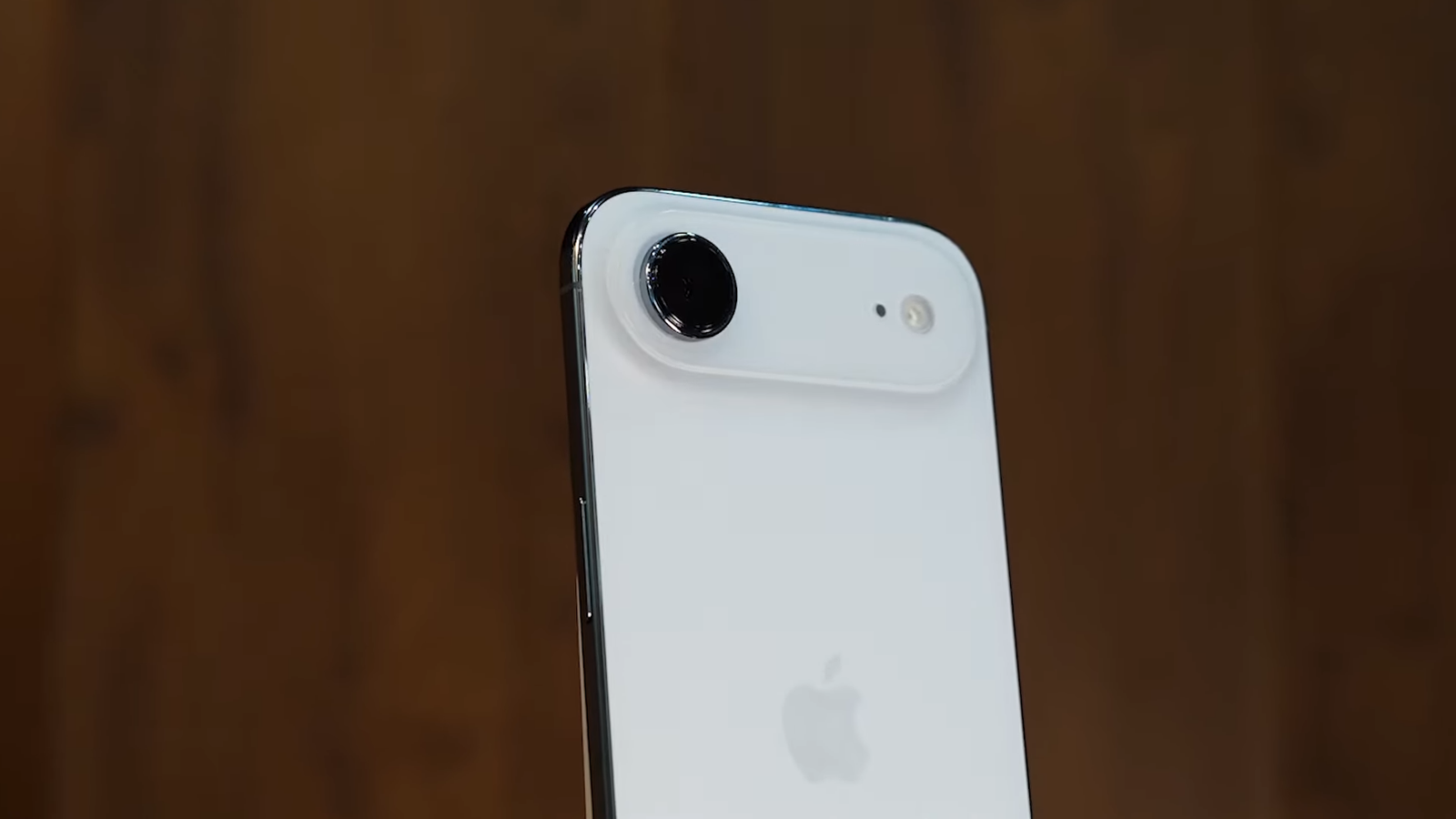
Connectivity and Features
Apple is pushing future-ready technology with this phone. The iPhone Air supports 23 5G bands, Wi-Fi 7, Bluetooth 6.0, and second-gen ultra-wideband connectivity. Face ID remains the main biometric option, and Apple has gone fully eSIM-only, which might be challenging in some regions but is clearly the direction the industry is heading.
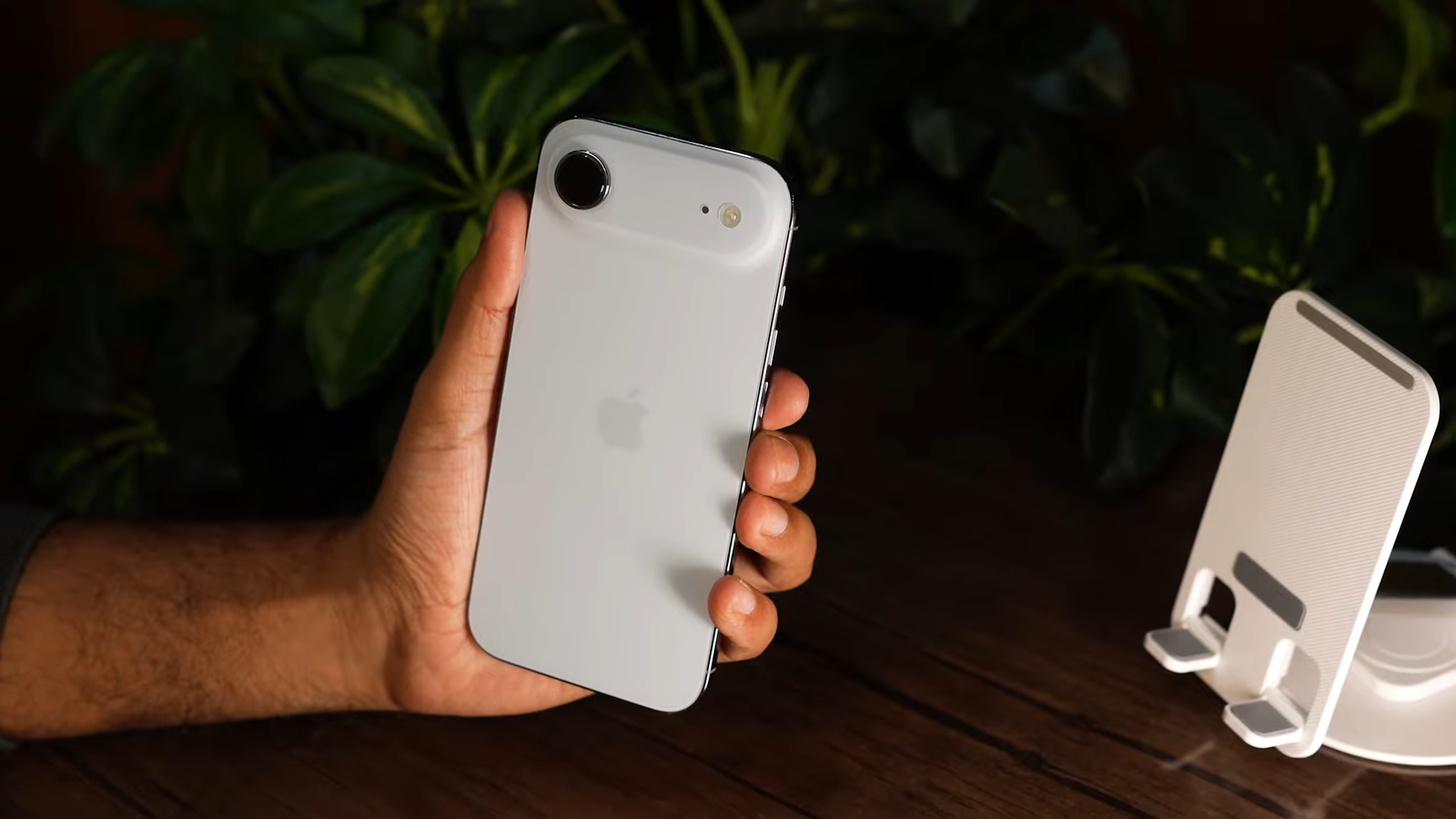
Battery and Charging
The iPhone Air carries a battery around 3140–3160mAh, but thanks to Apple’s optimizations, it offers up to 27 hours of video playback. It supports 40W wired charging, 20W MagSafe wireless charging, and even reverse wireless charging at 4.5W for accessories like AirPods.
For a phone this slim, the endurance is impressive. A full charge takes under 40 minutes, making it practical for heavy daily use.
Pricing and Availability
The iPhone Air is priced at around $1000 internationally for the 256GB model. In markets like Pakistan, early availability has led to higher prices, but official launches will bring stability. Apple’s retail partners and platforms such as Wise Market are among the first to stock it.

Verdict: More Than Just a Slim Phone
The iPhone Air is a bold step forward for Apple. It’s not trying to compete with the Pro Max in terms of raw power or camera versatility—it’s designed for users who value design, portability, and premium build without sacrificing too much performance.
Sure, compromises exist: the mono-speaker setup feels limited, and the slim frame leads to some heating during intense gaming. But overall, the iPhone Air sets a new standard for slim, premium smartphones.
For those who want the thinnest, lightest, and most stylish iPhone that still delivers excellent performance, the iPhone Air is a standout choice in 2025.



